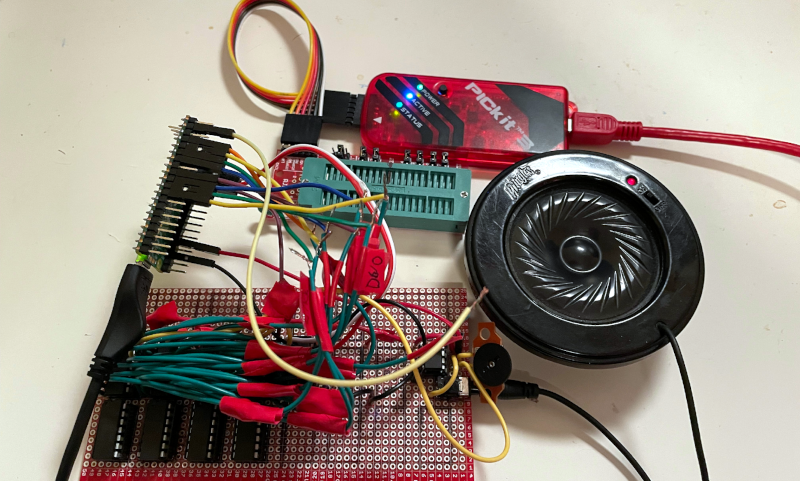
[Mcjack123] has been getting into chiptunes lately and realized that his original interest started in 2018 when he used an Arduino to turn a TI-84 calculator into a sound machine. His latest iteration is a custom-designed soundboard and he takes us through the design and construction of it in a recent post.
The work models classic sound generators like the 2A03 or the Commodore 64 SID. You have a bunch of simple waveform generators along with filters and modulators to make various effects. These boards eventually gave way to FM synthesis devices like the Yamaha OPL2 and OPL3 chips. All of these cards accepted commands and generated audio on their own. More modern boards are more likely to simply convert digital data from the computer into audio.
The first attempt was with a Raspberry Pi Pico. It worked to some degree, but the code was too slow to run many channels at once. The processor itself is pretty fast, so there may have been a way to get there, but instead, he decided to go down a different route.
The final product used multiple PIC chips as generators and some analog circuitry to mix it together. To get the timing just right, the PICs use assembly language. A fun project if you enjoy chiptunes.
We see a lot of fun chiptune projects. Some of them are quite tiny.
Sound Generation Board Makes the Tunes
Source: Manila Flash Report
0 Comments